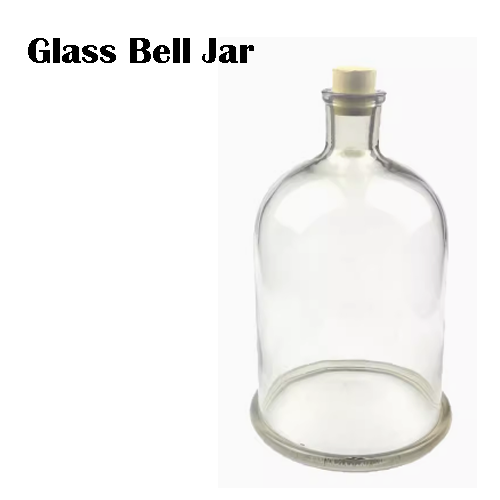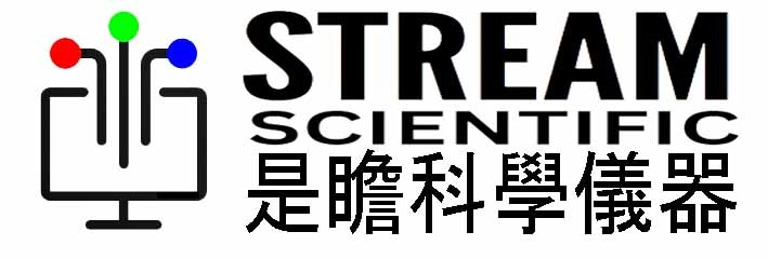
Glass bell jar
玻璃鐘罩
HK$262.00
Glass bell jars are commonly used in high school science experiments for various purposes. Here are a few examples:
Vacuum experiments: A glass bell jar can be used to create a vacuum environment for experiments. The jar is placed over an experimental setup, and a vacuum pump is used to remove air from inside the jar. This allows students to investigate the behavior of objects or substances in a low-pressure environment. Examples of vacuum experiments include demonstrating the boiling point of water at reduced pressure or observing the effects of reduced air pressure on objects.
Gas behavior studies: Glass bell jars can be utilized to study the behavior of gases. By introducing a specific gas into the jar and sealing it, students can observe properties such as gas diffusion, expansion, and contraction. They can also investigate the relationship between gas pressure and volume using a pressure gauge or a simple apparatus like Boyle's Law apparatus.
Plant experiments: Glass bell jars are commonly employed in biology experiments, particularly those involving plants. Placing a glass bell jar over a potted plant creates a mini greenhouse environment. This allows students to investigate the role of carbon dioxide, humidity, and light on plant growth. They can monitor changes in plant growth, transpiration rates, and the water cycle within the closed environment.
Chemical reactions and demonstrations: Glass bell jars can be used to contain and observe chemical reactions or demonstrations. For example, in the classic "candle in a jar" experiment, a lit candle is placed inside the jar, and the jar is then sealed. As the candle consumes oxygen, students can observe the diminishing flame until it eventually extinguishes. This demonstrates the concept of oxygen depletion in a closed system.
When working with glass bell jars, it is crucial to ensure proper safety measures are followed, such as handling fragile glassware carefully and using appropriate equipment for creating a vacuum or sealing the jar.
玻璃鐘罩在高中科學實驗中常用於各種用途。 這裡有一些例子:
真空實驗:可利用玻璃鐘罩來營造真空環境進行實驗。 將罐子放置在實驗裝置上方,並使用真空幫浦去除罐子內部的空氣。 這使學生能夠研究低壓環境中物體或物質的行為。 真空實驗的例子包括演示減壓下水的沸點或觀察減壓對物體的影響。
氣體行為研究:玻璃鐘罩可用於研究氣體行為。 透過將特定氣體引入罐子並將其密封,學生可以觀察氣體擴散、膨脹和收縮等特性。 他們也可以使用壓力表或波義耳定律裝置等簡單裝置來研究氣體壓力和體積之間的關係。
植物實驗:玻璃鐘罩常用於生物學實驗,特別是涉及植物的實驗。 在盆栽植物上放置一個玻璃鐘罩,創造出一個迷你溫室環境。 這使學生能夠研究二氧化碳、濕度和光照對植物生長的影響。 它們可以監測封閉環境內植物生長、蒸騰速率和水循環的變化。
化學反應和演示:玻璃鐘罩可用於容納和觀察化學反應或演示。 例如,在經典的「罐子裡的蠟燭」實驗中,將點燃的蠟燭放入罐子內,然後將罐子密封。 當蠟燭消耗氧氣時,學生可以觀察火焰逐漸減弱直到最終熄滅。 這展示了封閉系統中氧氣消耗的概念。
使用玻璃鐘罩時,確保遵循適當的安全措施至關重要,例如小心處理易碎玻璃器皿並使用適當的設備產生真空或密封罐子。

